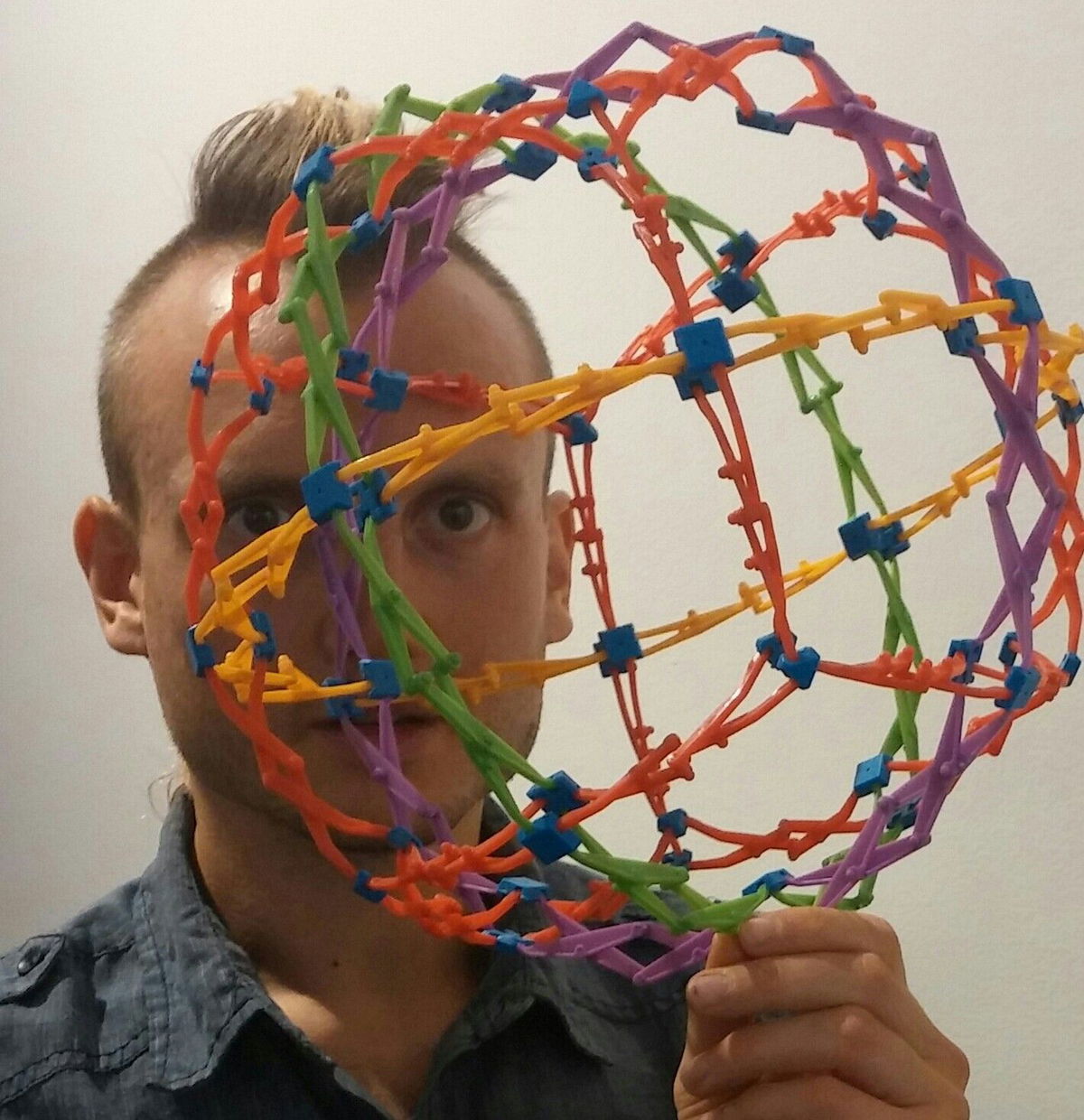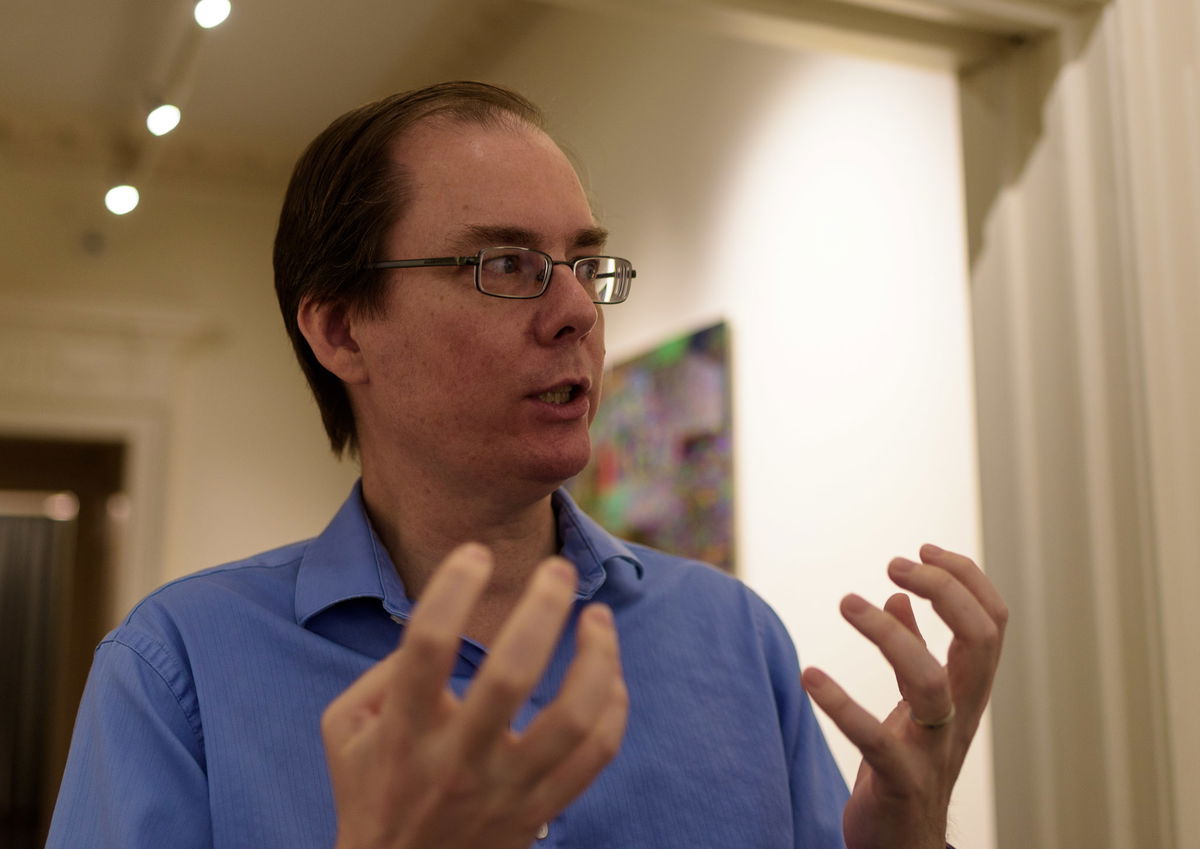Memory Palace - Timur's World Record preparation
On 3rd of December 2016, Timur Gareyev will try to break the world blindfold chess record by playing simultaneously against 47 opponents. Albert Silver was in New York for the World Championship Match and decided to meet memory mentor James Jorasch. How exactly does Timur Gareyev remember 47 different chess positions in his head without seeing the board? The answer to this question lies in the term "Memory Palace".

The ability of playing blindfold chess is inherent to playing a single one-on-one game over the board. As you predict what is going to happen when you are about to play your move, you are looking ahead without moving the physical pieces in front of you.
Sustaining the vision of the situation at hand during a blindfold game is wonderful practice for improving one’s over-the-board game. One of the best ways to develop it is to read and follow chess books without a physical chess set in front of you. During extensive travels for competitions in my teenage years, I always kept a chess book as my permanent companion. As soon as I delved into the magic world of chess visualization, I knew I was becoming a better chess player with each thread of chess variations I mastered. My favorite was Dvoretsky’s “Art of Analysis” that contains lots of “simple” endgame positions.
The beauty of blindfold chess training does indeed work out well for mastering both conceptual creativity as well as tactics. Going beyond the excellence of one’s position at a given time, one would be curious to extend the challenge to theoretically infinite number of games played simultaneously. Curiosity may get you to attempt and likely succeed, sooner or later at a fine challenge of facing four players blindfolded at a time. However, whatever the number, even one, consider what would it take to play 47 players blindfolded.
Pattern recognition is certainly a significant aspect of blindfold chess, however like the idea of photographic memory, we can dispel the myth of natural ability as key to playing an exceptional number of blindfold chess games simultaneously. You need more than a blessing to be able to leave a mark in history, you need a powerful strategy.
Along my journey, visiting the World Chess Championship in New York, I connected with my friend and memory mentor James Jorasch of Science House. James generously invited several of his good friends to a mastermind meeting.

Developing and perfecting memory techniques cannot be underestimated for such an undertaking. One of the least obvious challenges is in fact the opening moves. This might seem counterintuitive as one imagines 47 different boards with complex games as the main difficulty, but consider for a moment how it would start: there would be several boards with 1.e4, several others with 1.d4, and so on, and they are all identical. How does one avoid the trap of mistaking one for the other while they are mirror each other? While the first moves might be the easiest part of a normal simul, in a blindfold simul they are a major obstacle that must be dealt with.

The essential point of the memory strategy as applied to facing multiple players blindfolded is to be able to turn moves into images. In turn, the images belong to various locations along the route you create in your mind represented by a “memory palace”. The palace is designed to host images in your mind, which might be your house, a favorite walk, or even something surreal as a series of constellations, or human brain. Whatever your choice be a route or a series of destinations it is essential to strike the right tone so your mind responds to it properly.
Now, tap into your imagination and turn the various opening moves into vivid characters. Let’s supposed for the purpose of a large blindfold simul, you decide to plan out how to remember the multitude of 33 initial opening moves. To this end you might associate 1.e4 with an elephant, for 1.d4 you could use the image of a deer, and as you play 1.c4 on board 9, you might place an image of a crocodile along the appropriate place in your memory map. After this volley of the first moves, this gets more complex as you must deal with the moves your opponents will play. The choice will be to modify the characters accordingly. Say on board 9, your opponent responds with 1...e5, you might see a crocodile with a giant ear at the kitchen sink in your memory palace, or if your opponent responded with 1...c5, you could visualize a two-headed crocodile to represent the mirror moves 1.c4 c5.

The universe of memory and imagination is only limited by how diverse and interesting you want to make it. It does sound a bit complex and it’s true it takes some practice to apply it. At first you will need to draw out a clear system to be able to turn moves into images. You may pick a method of creating space along your memory map for each individual move. The question is how efficient that would be considering you may end up playing over 1000 moves in a big match. Don’t forget you will still have to play out the games and hopefully win! This bring us back to the greatest secret revealed to the inspired blindfold champions, one of the tougher parts of the journey is the beginning of the match. Just like the rocket shot into space, you’ll experience the most intensity in engaging your memory to work at the very beginning.

This is what oftentimes deters great players from pursuing blindfold chess mastery. The initial challenge is confusing. It is remarkably easy to get lost, and that is when the well-defined anchors as part of your memory strategy come to the rescue. As you develop the opening themes in each game, the clarity arises and the flow begins.
The fascinating part of the memory journey and this strategy is that it is by no means limited by the nature of the discipline. In other words, you can use this technique in almost anything, and could become an expert at various memory challenges such as “memorizing” the order of a deck of cards within few minutes, as well as Knight Tour journey with various items places along the route. On a more practical level, you could create a map of the top themes you want to focus on in your presentation, keep track of all the students you teach in classrooms, and so much more. As you walk through your journey, you will see the images associated with your desired topic, and the anchors release the information you want stored…
Good luck in your journey!

On December 3 Grandmaster Timur Gareyev will try to break the World Record Blindfold Simul Exhibition in Las Vegas. It will start at 8 a.m. (Las Vegas time. Check out the start time at place over here.) and it will run at least 15 hours.

Feel free to see this unique event live at any time, with the live video coverage with commentary by Jay Stallings at https://www.twitch.tv/blindfoldchess. A number of boards will be broadcast directly on Playchess, and a few participants will be playing live such as Luciano Nilo de Andrade, 92 years old, who is still a keen player and also the last surviving participant of Najdorf’s 45-board record set in 1947.

All the pictures in this report have been taken by Albert Silver. In 2010 he joined the ChessBase family as an editor and writer at ChessBase News. He is also a passionate photographer with work appearing in numerous publications.
 Timur has recorded four hours of instructional chess material for ChessBase. You can now learn the Trompowsky Opening from the blindfold king Timur Gareyev!
Timur has recorded four hours of instructional chess material for ChessBase. You can now learn the Trompowsky Opening from the blindfold king Timur Gareyev!
